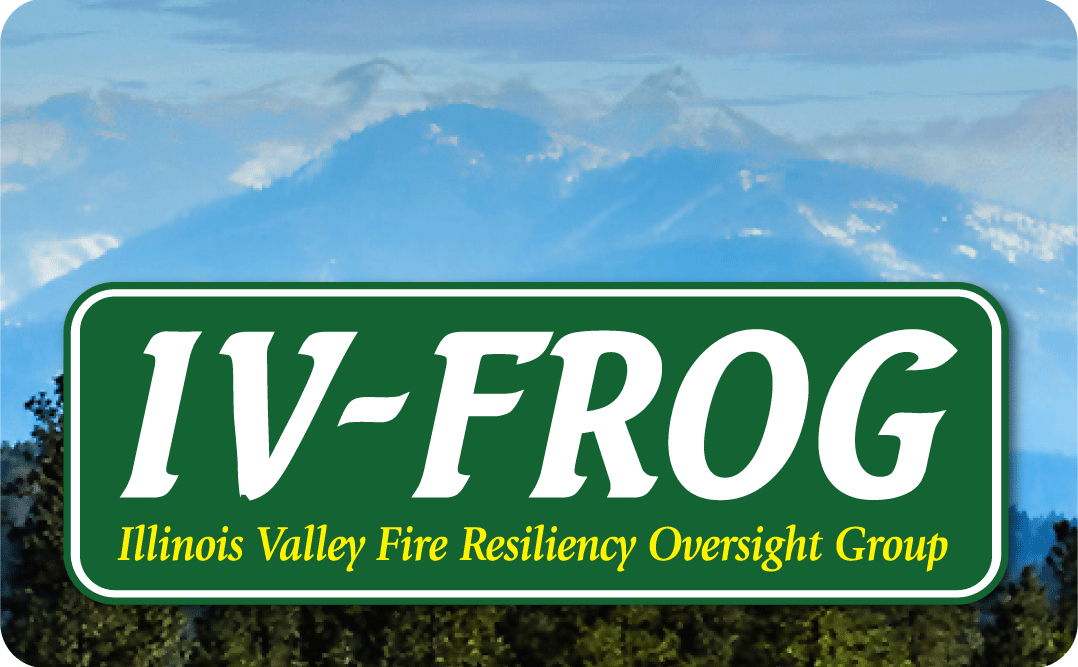A PROVEN SOLUTION
Ladder fuels, like the ones shown in the “Before” photo can lead to crown fires. After thinning, fires burn with significantly reduced risk of conflagration (which is generally defined as: “an extensive fire which destroys a great deal of land or property”).
WHAT IS ABUNDANTLY CLEAR IS THAT WHEN FUEL LEVELS ARE REDUCED IN ADVANCE, NATURE’S WILDFIRES PASS THROUGH WITHOUT DISASTER.
FIRES WE CAN LIVE WITH.
It isn’t just public lands that require fuel-reduction efforts. Much of the highly-combustible acreage in our area is privately held. Those of us who own those lands can immediately take action, protecting not only our own properties but the communities we call home.
Aren’t Fuel-Reduction Projects on Private Lands Expensive?
Fuel-reduction work isn’t free, but the majority of those costs (up to 70%) can be paid for you. These are not loans. Several funding sources are currently available because fuel-reduction efforts on private lands have proven to be a highly successful strategy to reduce the calamities of severe wildfires. IV-FROG can help you access those funds. We’ve done it for many Illinois Valley landowners and we can do it for you. Our service is at no charge.
How Long will a Fuel-Reduction Project Work?
In most cases, your lands will need additional maintenance in about five years. But IV-FROG can access funding to help you maintain a fire-resilient property over time, too.
How Can I Take Action?
Call, text or email IV-FROG today. We can answer any questions you may have. Yes, we understand that the programs seem perplexing and that you probably hate paperwork. But we know how to get your project off the ground, how to fund the work, and we’ll help you make it happen. That’s exactly what we’re here for.
Why Should I Do It?
Wildfire in our Illinois Valley is a fact of life. But we can live with it by taking the steps necessary to reduce fire severity. Fuel-reduction projects work. We can help you pay for it. It’s essential for saving your lands and for protecting our communities. This is one of those cases where what’s good for you is good for your neighbors. Truth is, we’re all in this together, and our Illinois Valley is worth protecting. That’s why we live here.

